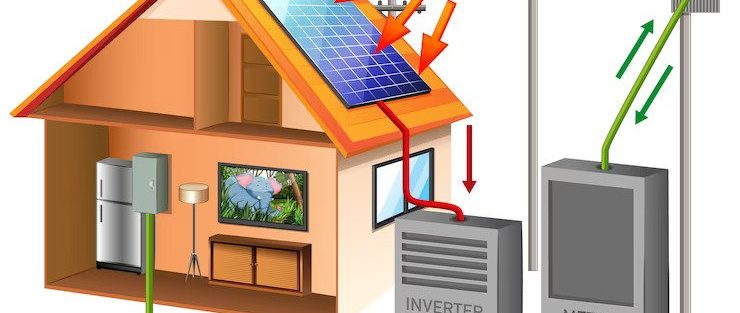PV cells, or photovoltaic cells, are semiconductor devices that convert sunlight directly into electricity through the photovoltaic effect. They are the fundamental building blocks of solar panels, also known as solar modules or solar photovoltaic modules. PV cells are at the heart of solar power systems and play a crucial role in harnessing solar energy for various applications.
The photovoltaic effect, discovered in 1839 by French physicist Alexandre-Edmond Becquerel, refers to the generation of an electric current when certain materials are exposed to light. PV cells utilize this effect to convert solar radiation into usable electrical energy.
PV cells are typically made of semiconductor materials, such as silicon, that have specific properties allowing them to absorb photons (particles of light) and release electrons. When sunlight strikes on it, the photons transfer their energy to the semiconductor material, causing the electrons to be freed from their atomic orbits. This creates a flow of electrons, resulting in an electric current.
The most commonly used PV cell technology is based on crystalline silicon, which can be further categorized as monocrystalline or polycrystalline. Monocrystalline silicon cells are made from a single crystal structure, while polycrystalline silicon cells consist of multiple small crystal structures. Other technologies of it, such as thin-film solar cells, utilize different semiconductor materials, including amorphous silicon, cadmium telluride, and copper indium gallium selenide (CIGS).
The efficiency of PV cells refers to the percentage of sunlight energy that can be converted into electricity. Advancements in this technology have resulted in increased efficiency levels over the years, enabling more effective conversion of solar energy into electrical power. Higher-efficiency PV cells allow for greater electricity generation per unit area of solar panels.
PV cells are interconnected to form solar panels, and multiple panels are often combined to create solar arrays. These arrays can be installed on rooftops, mounted on the ground, or integrated into various structures. When exposed to sunlight, the solar panels generate direct current (DC) electricity, which can be converted into alternating current (AC) for use in homes, businesses, and other electrical systems.
PV cells have revolutionized the energy industry by providing a clean, renewable, and sustainable source of electricity. They offer numerous environmental and economic benefits, including the reduction of greenhouse gas emissions, energy cost savings, and energy independence. As PV cell technology continues to advance, it holds great promise for meeting the world’s growing energy needs in a more environmentally friendly and sustainable manner.

